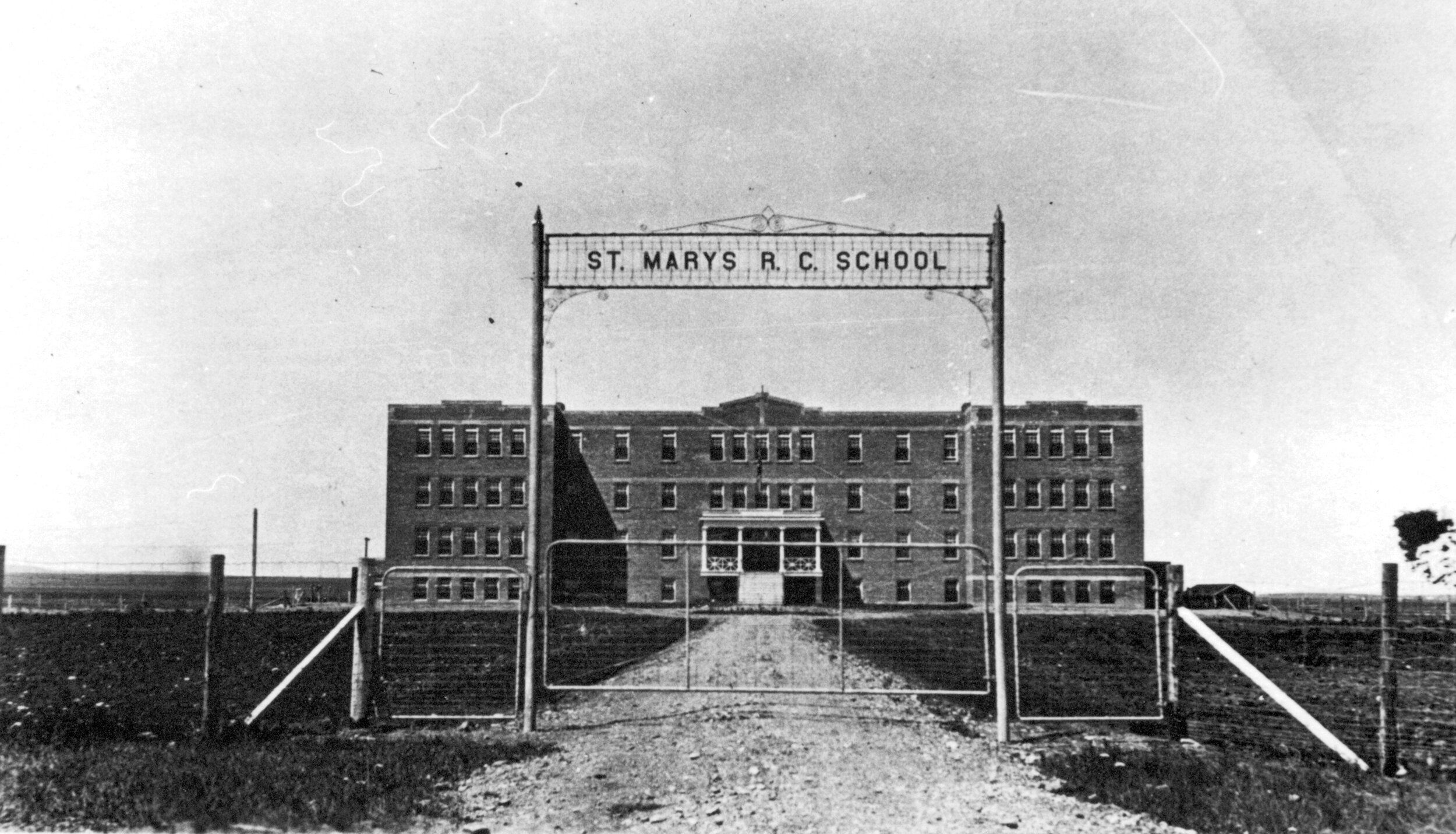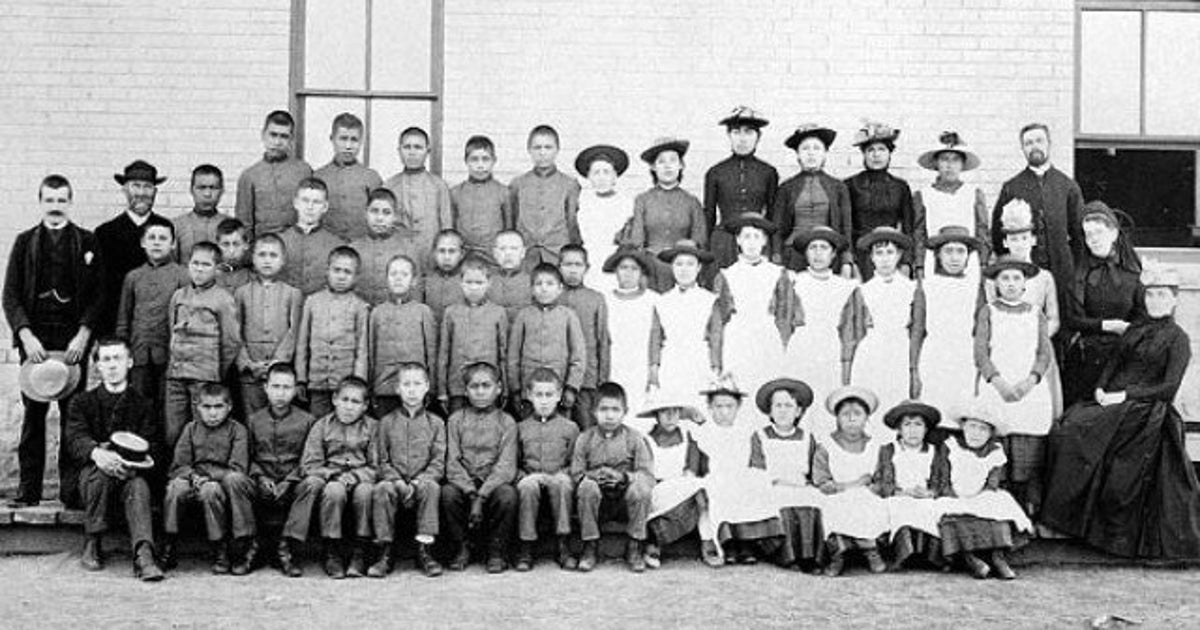Unmasking the Truth: The Ongoing Legacy of Canada’s Residential Schools
Unmasking the Truth: The Ongoing Legacy of Canada’s Residential Schools

The history of Canada’s residential schools is a dark and painful chapter, a story of cultural genocide, systemic abuse, and the enduring trauma inflicted on generations of Indigenous children. While the last residential school closed its doors in 1996, the legacy of these institutions continues to cast a long shadow, demanding acknowledgement, reconciliation, and justice.
A System Built on Assimilation:
Related Articles: Unmasking the Truth: The Ongoing Legacy of Canada’s Residential Schools
- A Taste Of The Outback: Exploring The World Of Australian Red Berries
- The Timeless Art Of Australian Aboriginal Wood Decor Masks: A Window Into Ancient Culture
- Unveiling The Tapestry Of Indigenous Lands: An Interactive Map Of Aboriginal Nations
- Stolen Childhoods: Growing Up Through The Trauma Of The Stolen Generation
- Unveiling The Timeless Tapestry: A Journey Into The Aboriginal Dreamtime
The residential school system, established in the late 19th century, was a deliberate policy of the Canadian government aimed at forcibly assimilating Indigenous children into Euro-Canadian society. Separated from their families and communities, these children were stripped of their languages, cultures, and spiritual beliefs. They were subjected to harsh discipline, physical and sexual abuse, and neglect, often suffering from malnutrition and inadequate healthcare.
The Unfathomable Toll:
The impact of residential schools on Indigenous communities has been devastating. Countless children died within the system, with many unmarked graves serving as a stark reminder of the horrors they endured. Survivors carry the scars of their experiences, facing ongoing mental and physical health challenges, addiction, and intergenerational trauma.
The Truth and Reconciliation Commission:
In 2008, the Truth and Reconciliation Commission (TRC) was established to document the history of residential schools and provide a platform for survivors to share their stories. The TRC’s final report, released in 2015, outlined 94 Calls to Action, urging the Canadian government, churches, and all Canadians to take concrete steps towards reconciliation.
The Ongoing Struggle for Justice:
Despite the TRC’s work, the fight for justice for survivors continues. The discovery of unmarked graves at former residential school sites across Canada has sparked renewed public awareness and outrage. Lawsuits against the Canadian government and churches are ongoing, seeking accountability for the abuses that occurred.
Beyond Apologies: The Path to Reconciliation:

Reconciliation is not simply about apologies or acknowledging the past. It requires genuine commitment to addressing the systemic issues that continue to disadvantage Indigenous communities. This includes investing in Indigenous education, healthcare, and economic development, and working towards self-determination and sovereignty.
The Role of Education and Awareness:
Educating the public about the history of residential schools is crucial in fostering understanding and empathy. By learning about the experiences of survivors and the ongoing impacts of this dark chapter, Canadians can challenge harmful stereotypes and contribute to a more just and equitable society.
Moving Forward Together:
The path to reconciliation is long and complex, but it is essential. By acknowledging the truth, working towards justice, and embracing the values of respect, understanding, and cooperation, we can begin to heal the wounds of the past and build a future where Indigenous communities thrive.

FAQ about Canadian Residential Schools:
Q: What was the purpose of the residential school system?
A: The primary goal of the residential school system was to forcibly assimilate Indigenous children into Euro-Canadian society. This meant stripping them of their languages, cultures, and traditions, and replacing them with European values and beliefs.
Q: How long did the residential school system operate?
A: The residential school system operated in Canada for over a century, from the late 19th century until the last school closed in 1996.

Q: How many Indigenous children were sent to residential schools?
A: An estimated 150,000 Indigenous children were forced to attend residential schools over the course of their operation.
Q: What types of abuse occurred at residential schools?
A: Children in residential schools suffered various forms of abuse, including physical, sexual, and emotional abuse. They were also subjected to neglect, malnutrition, and inadequate healthcare.
Q: What is the Truth and Reconciliation Commission (TRC)?
A: The TRC was established in 2008 to document the history of residential schools and provide a platform for survivors to share their stories. Its final report, released in 2015, outlined 94 Calls to Action aimed at achieving reconciliation.
Q: What are some of the ongoing impacts of residential schools?
A: The legacy of residential schools continues to impact Indigenous communities in profound ways. Survivors face ongoing mental and physical health challenges, addiction, and intergenerational trauma. The discovery of unmarked graves at former school sites has brought renewed attention to the lasting effects of this system.
Q: What can Canadians do to contribute to reconciliation?
A: Canadians can contribute to reconciliation by educating themselves about the history of residential schools, supporting Indigenous communities, and advocating for policies that promote justice and equality. They can also engage in respectful dialogue with Indigenous peoples and listen to their experiences.
Q: What is the significance of the unmarked graves found at former residential school sites?
A: The discovery of unmarked graves serves as a chilling reminder of the high death rates within the residential school system. It also highlights the systemic neglect and abuse that Indigenous children endured, and the need for ongoing investigation and accountability.
Q: What is the future of reconciliation in Canada?
A: The path to reconciliation is long and complex, but it is essential. It requires ongoing commitment from the Canadian government, churches, and all Canadians to address the systemic issues that continue to disadvantage Indigenous communities. By working together, we can build a future where Indigenous communities thrive.

Closure
Thus, we hope this article has provided valuable insights into Unmasking the Truth: The Ongoing Legacy of Canada’s Residential Schools. We appreciate your attention to our article. See you in our next article!